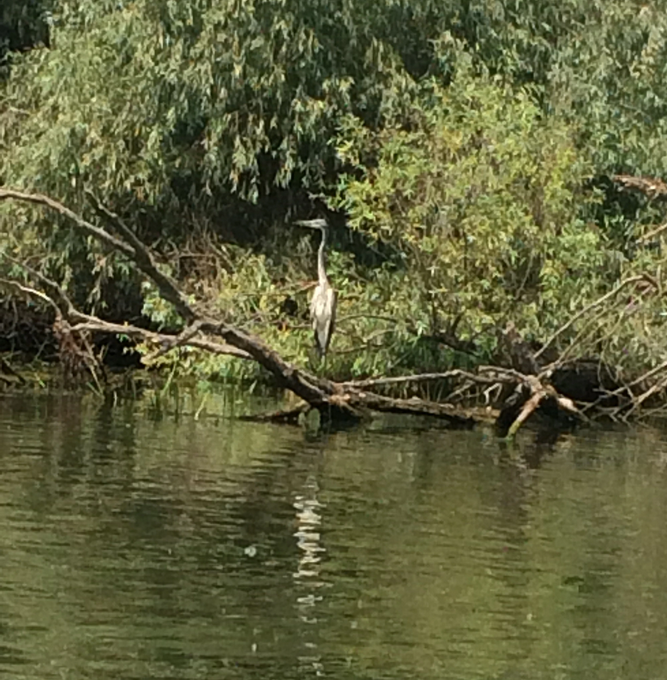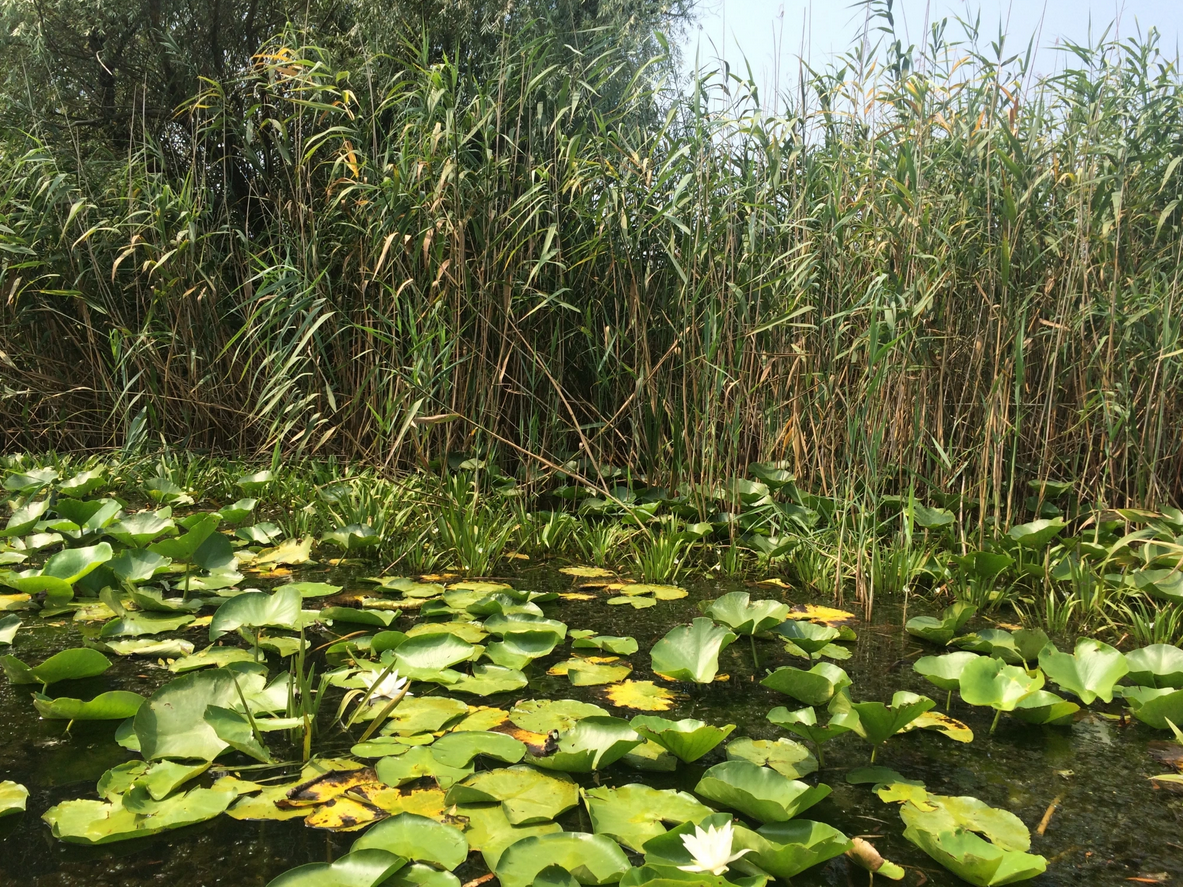There’s Nothing Trivial about the Danube Delta
Author: Jen Holzer, Technion Socio-Ecological Research Group
Romania Trivia
Which nations border Romania?
The Danube River empties into which sea?
In what year did Romania become part of the European Union?
Name a Romania-born Nobel Laureate.
This Romanian building is known as the largest building in Europe.Answers:
Bulgaria, Serbia, Hungary, Ukraine, Moldova
Black Sea
2007
George Emil Palade (Physiology and Medicine, 1974), Elie Weisel (Peace, 1986), Herta Muller (Literature, 2009), Stefan Walter Hell (Chemistry, 2014)
Palace of the Parliament building in BucharestTulcea, Gateway to the Danube Delta
On our first morning in Bucharest, Romania’s capital, Dr. Mihai Adamescu met us (my advisor, Dr. Daniel Orenstein, and myself), and together we walked 10 minutes north, past the Palace of the Parliament, said to be the largest building in Europe and the third-largest in the world, to the Faculty of Biology of Bucharest University, which has programs in biology, biochemistry, and ecology.
After a tour, we drank tea up a steep, narrow staircase in the Systems Ecology faculty – the office of our esteemed hosts, Mihai and his colleague Constantin – and without further ado, we departed on a 4-hour drive to the resort town of Tulcea, gateway to the Danube Delta.
We drove through vast flatland monocultures – sunflowers, corn, and wheat – and then on to solar fields boasting the latest model of German-made wind turbines. Romania currently gets 25% of its energy mix from renewables. The electric wires slumped what looked to be dangerously low across the fields. Finally, after two pit stops, we crossed a bridge straddling the murky Danube, of mythic proportions and Hulk-green.

On our first day in Tulcea, we boarded a medium-sized motorboat fit for 8 people, and our boatman, Jeru, drove out into the Danube Delta. We took the river downstream, then several canals, two large lakes, and back home, for a full 8-hour tour, including a 2-hour stop in Criştan, the home village of our boatman, for a traditional lunch of fish stew, called chorba.
Our host ecologists took us to the a reflooding project, where the marshland had been drained for agriculture, and then, in a long-fought-for change of policy, was reflooded, about a year ago, to restore the wetlands. A team of horses and a herd of cows roamed the area, marked by man-made dikes, and dotted with native flowers.
They also pointed out the abundance of endemic biodiversity, despite it “not being birding season”. So many birds I had never seen before! Little egret, great egret, the invasive shore plant amorpha fructosa. Great white heron, little tern, black tern, common tern. Juvenile and adult cormorants. Black ibis, geese, swans. A lonely white pelican. A rare Dalmatian pelican. A domesticated pig, a wild boar. An otter. When we stepped onshore, tiny frogs sprang out of the mud in abundance.


We inaugurated our interviews that day with the impromptu questioning of our boat captain, native to the small village of Criştan, accessible only by boat. He shared a dominant view of many locals, who saw the Biosphere Reserve designation as a barrier to poor fishermen like himself, who needed as much catch as they could get. While we were there, our phones picked up the Ukrainian phone network, reminding us of the transboundary nature of the Danube Delta.

The following day we interviewed the Danube Delta Biosphere Reserve Authority Governor Dr. Baboianu, researchers at the Danube Delta Research Institute, and an administrator of the Biosphere Reserve Authority who discussed her daily struggles with enforcing Biosphere regulations.

Our interviews in Tulcea were done. The next morning we would set out toward the City of Braila, adjacent to the Small Island of Braila, a 15,000 hectare nature reserve dedicated to protecting the natural floodplains and wetland habitat characteristic of the Lower Danube area, another important bird migration corridor between Europe and Africa.
About the author

Jen is a PhD student in the Technion Socio-Ecological Research Group in Haifa, Israel and is affiliated with the Israeli LTSER network, with whom she is currently writing an article about applying transdisciplinary action research at the Negev Desert platform. Her research evaluates impacts of the transition in ecological research toward transdisciplinary socio-ecological research in Europe. Her trip to Romania was funded by an eLTER Transnational Access research exchange grant. She is happy to receive your comments, feedback, and suggestions for trivia questions about Romania at jholzer@technion.ac.il.